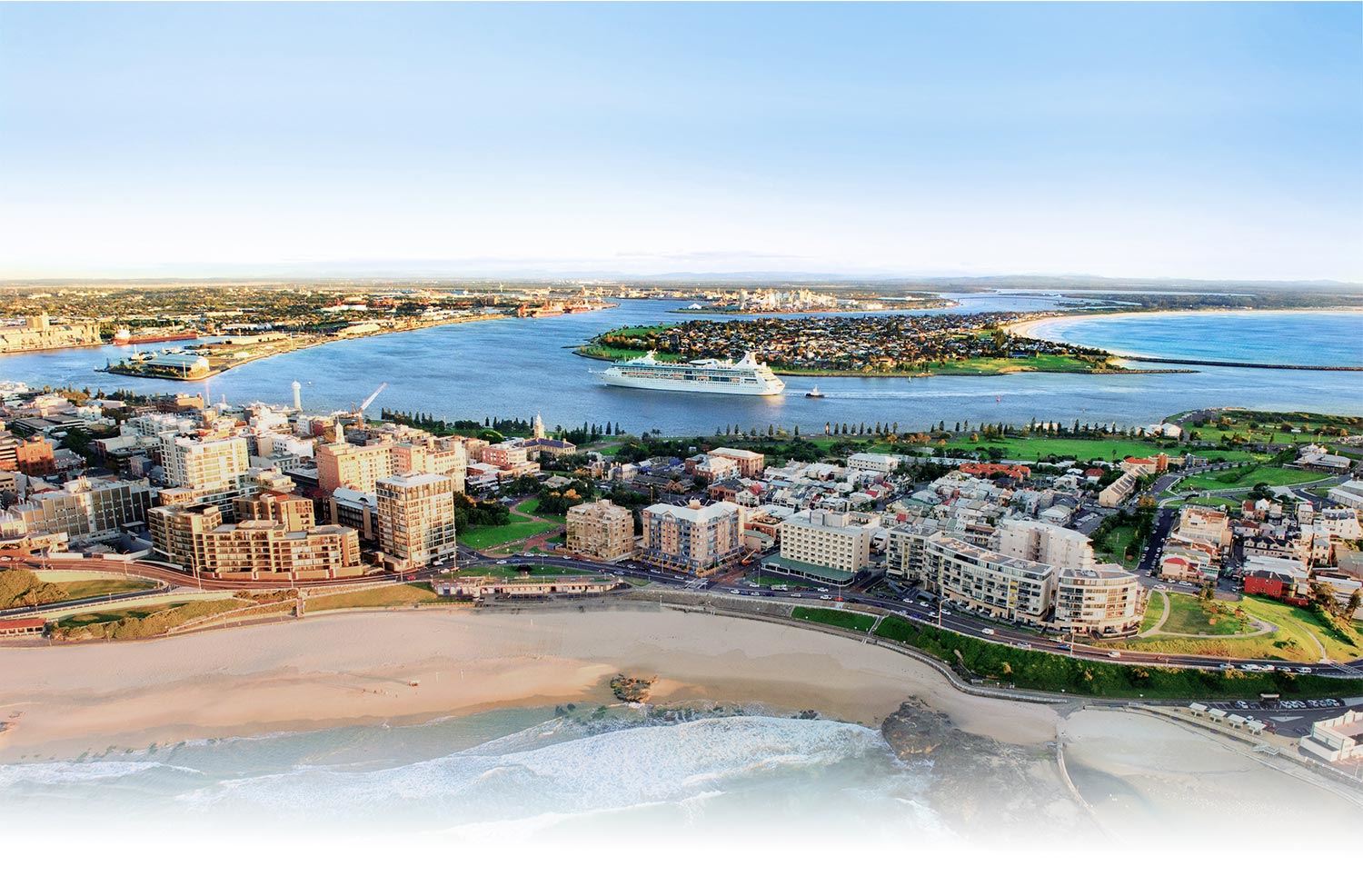
Calculation of infrastructure in need of renewal
Our method of calculating infrastructure in need of renewal is in line with best practice to ensure ratepayers’ money is spent where it is needed most.
All NSW councils are required to estimate the total cost of bringing existing assets up to a satisfactory standard, however the methods for calculating this cost vary and the results are not audited by the Audit Office of NSW unlike other financial key performance ratios.
The condition of the City’s roads, stormwater drainage, footpaths, bridges, buildings and recreational assets are measured against an Office of Local Government (OLG) five-point scale, which rates infrastructure condition from excellent, to very poor.
Following a change to the Local Government Code of Accounting Practice, City of Newcastle now considers assets rated 3 out of 5 on the OLG key to be satisfactory and therefore these assets are no longer included as infrastructure in need of renewal, also known as a ‘backlog’.
Other leading NSW councils, including City of Sydney, only factor in assets rated in poor and very poor condition when calculating their ratio whereas City of Newcastle previously also included assets rated as satisfactory.
Allocating personnel and expenditure to renew infrastructure in satisfactory condition takes away from our ability to deliver a works program that meets the community’s needs.
Infrastructure rated as satisfactory is fit for purpose and therefore does not need replacing.
By using this model, we are freeing up funds to be used where they deliver the best value for our community.











